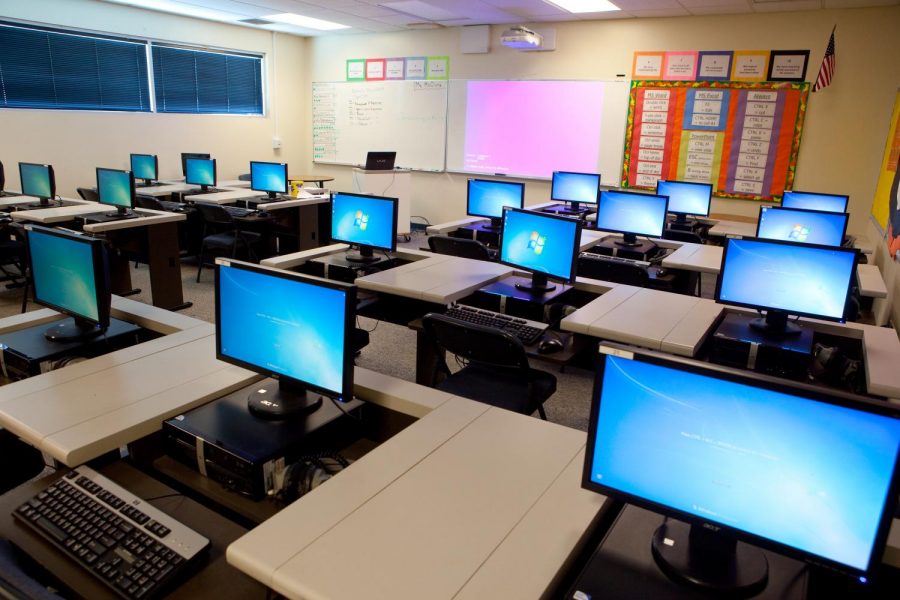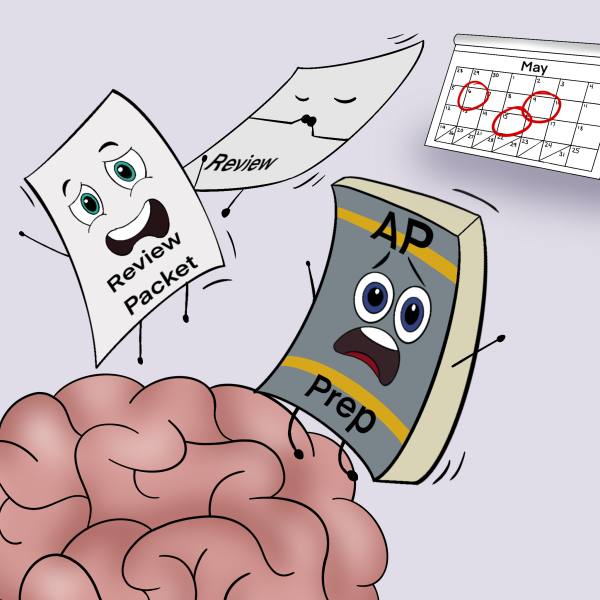Academic Tech Offers Mixed Potential
October 10, 2017
While students today can access homework from their laptops and smartphones, email teachers via mobile apps, and comb digital research libraries instead of their physical counterparts, education hasn’t always enjoyed such access.
In the past couple decades, technology has increased at a rapid pace. Campolindo has implemented advancements like the 1-1 Program, which supplies students with Google Chromebooks to access digital assignments, and widespread use of the School Loop app for communication between teachers, parents and students.
The impact of technology on the life of the American high school student has been tremendous.
As a product of the technological era, the stories my parents tell of venturing to library buildings to collect information or estimating one’s grades by hand, sound archaic. Before the advent of widespread computer use in the 1980s, however, such methods were the norm.
As a modern student, I can access educational resources with a facility that students of my parents’ era would have thought impossible.
Pew Research Center reports 73 percent of teens own a mobile device. Since 2009, 97% of all classrooms have had one or more computers, according to Purdue University. This means that the majority of modern learners enjoy access to educational tools both in and beyond the classroom.
Such technological access has been used to “enhance learning and support curriculum,” said the International Society for Technology in Education’s Director of Alignment Mindy Frisbee. Technology has enabled students to learn more and more whenever and wherever they please.
With the good, however, always comes the bad.
The access technology provides can also be a detriment. “With the temptation of social media and texting in their hands, students may focus solely on their social life instead of the lesson plan,” said Concordia University.
With the freedom the Internet delivers, it isn’t a surprise that many schools have resorted to website-blocking software in efforts to keep students technologically on-task.
The use of a mobile device as an educational tool can, in some cases, prove disadvantageous. After schools banned smartphones, student test scores increased by 6.4%, according to a study by the Center for Economic Performance.
The negative impact of distraction, as the study reports, can counter the benefit of facile access to knowledge.
This creates a problem for today’s teachers as they work to help students develop skills and knowledge. Teachers should most certainly monitor, and in some cases, limit students’ access and use of technology in class. They shouldn’t, however, cut out technology completely from their curriculum.
No cell phone policies are a great way to help students avoid the distraction from social media. When using laptops, on-task participation can be monitored through Google Classroom’s active assignments. Lessons can also be supplemented with videos and other online resources, so long as there are clear instructions and expectations.
Technology has its negative side-effects, but it also offers exciting opportunities for growth. Through its careful implementation, teachers and students alike can–and should–reap its extraordinary benefits.





